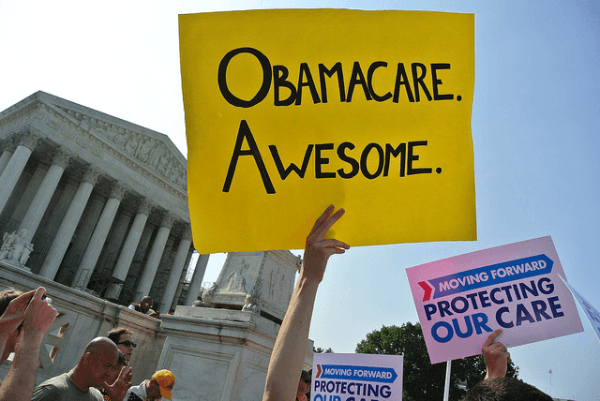A study conducted by researchers at the Johns Hopkins Bloomberg School of Public Health reveals a drastic difference in the average out-of-pocket cost of a primary care visit for insured and uninsured patients. The research study, which analyzed the price of primary care visits between 2012 and 2013, indicates that the average cost of a primary care visit for a new, uninsured patient is $160. For single adults living at the federal poverty level (FPL), this could amount to nearly 20% of their monthly income and may be unaffordable for families from low socioeconomic backgrounds. By contrast, the average out-of-pocket cost for a primary care visit for new patients with private health insurance is only $49. Even though the visit costs $200 on average, the private insurance company pays for most of this amount. The Affordable Care Act (ACA) has expanded Medicaid coverage so that many previously uninsured individuals now have health insurance and will not have to face such high out-of-pocket costs for their primary care visits.
The study also reports that approximately 79% of uninsured people were offered an appointment and that only 6% were denied due to a lack of insurance. These statistics indicate that the issue for the many without health insurance is not necessarily access to healthcare, but rather the affordability of healthcare which can act as a deterrent for those without insurance. As a result, diseases that require long-term care and active health management, such as hypertension or diabetes, may linger and worsen over time for those lacking proper healthcare.
Image Source: Bloomberg
By expanding access to affordable, quality health insurance, the ACA helps reduce the number of uninsured Americans. The ACA, also commonly referred to as Obamacare, does so by subsidizing health insurance costs and expanding Medicaid coverage. While the cost of primary care visits may not be changed by the ACA, many who were previously uninsured will now have health insurance and subsequently less out-of-pocket costs for their medical care. In fact, the 2014 National Health Interview Survey conducted by the Center for Disease Control and Prevention (CDC) indicated a significant increase in the number of people enrolled in insurance plans or covered by Medicaid in the United States since the implementation of the Affordable Care Act. As a result, there has been a significant decrease in the percentage of uninsured people in the US according to a study by the Department of Health and Human Services. The 2013 survey indicates that 44.8 million US residents did not have health insurance, which accounts for 17.1% of the US population. By comparison, 13.1% of Americans were uninsured after the first quarter of 2014, the lowest reported level since the CDC began collecting this data in 1997.
The statistics indicate that more and more Americans will have health insurance coverage as we move further into 2015. The Affordable Care Act has a large role in providing accessible, affordable health services to continually reduce the number of uninsured in the country.
Feature Image Source: Obamacare on the steps of the Supreme Court by Will O’Neill











Cool
Good post